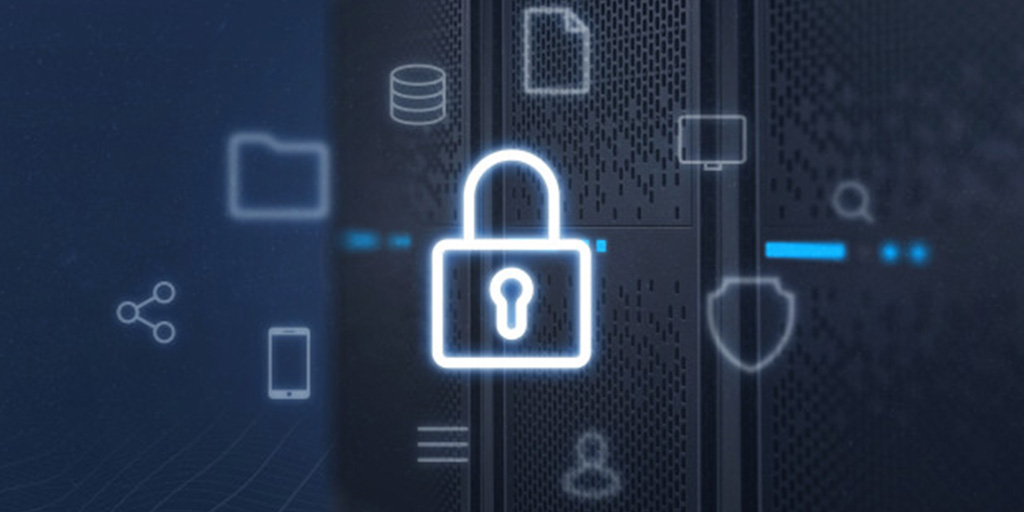
05 Jun Best Cybersecurity Practices in 2019
As cybercrimes grow in numbers and sophistication, it has become essential for businesses to take a proactive approach to ensure security against cyber threats. Agile businesses are investing heavily in cybersecurity strategies to eliminate risks and keep sensitive data secure. No business is immune to cyber threat as it becomes the fastest rising crime in the U.S. Our list of best cybersecurity practices in 2019 can benefit any organization, big or small.
While it may seem like cybersecurity is an IT issue alone, everyone is responsible and the actions of all staff are the key to a robust cybersecurity program. Below is our checklist of best cybersecurity practices in 2019.
Be aware and raise awareness among employees
Being able to identify a potential cybersecurity threat makes you less likely to fall victim to an attack. This includes keeping abreast of the latest and emerging threats in cybersecurity and educating employees on data safety. Everyone should have, at minimum, a basic understanding of security policies and know their role in protecting sensitive information.
Employees and individuals are most susceptible to Social engineering that comprise of Phishing techniques that include spam emails and fake phone calls. These are used as a gateway to gain access to sensitive credentials and infect systems with malware. This may seem trivial but implementing a quality password management system is a great option. Although, instances of user negligence and mistakes are on the decline, creating a cybersecurity awareness training program and reiterating best cybersecurity practices can circumvent vulnerabilities.
Back up your data
Backing up your data is extremely important and cannot be stressed enough. Several users, including businesses, even today, do not understand how critical it is to back up your information. All data on desktops, laptops and even mobile devices should be backed up to prevent against loss or corruption. Multiple back-ups are the most efficient and the United States Computer Emergency Readiness Team recommends the 3-2-1 rule below.
3 – Keep 3 copies of important files: 1 primary and 2 backups
2 – Store the files on at least 2 different media types to protect against different types of hazards
1 – Store 1 copy offsite always (away from your home or business premise)
There are several back-up options to mitigate the loss of information. Some options include using internal hard disk drives, removable storage media, and cloud storage. A thorough assessment of the advantages and risks of each option can ensure the protection of sensitive data.
Audit third party access to your data
Several parties have access to your data which may include remote employees, freelance workers, vendors and suppliers, subcontractors, business partners to name just a few. Conducting periodic audits of access levels are essential for overall risk management. Additionally, ensuring access is granted only to information needed by limiting the scope of access for each party will help secure data that is not relevant to their operation.
With the rise in remote collaborations, it is essential to continually administer permissions and monitor and revise security parameters to ensure business continuity. Supervision of user activity details can detect harmful actions and aid in scrutiny where necessary.
Monitor and update privileged access
Privileged access provides avenues to sensitive areas of information. If you haven’t already, keep an eye on each user’s access levels. Users are constantly leaving organizations or changing roles and no longer require access to certain credentials. Adopting a method to keep track of privileged access and revoking them in a timely manner is one of the best cybersecurity practices in 2019 to implement.
Establish a cybersecurity policy
Creating a cybersecurity policy and procedures manual can help educate users on safe and best practices. Regular update and distribution will ensure workers are aware of these policies and warrant adherence. These guidelines should also be distributed to external and third-party users in order to educate them on practices that may affect their workflows.
Final thoughts….
We can’t stress enough that cybersecurity is everyone’s job and have provided a basic list of best cybersecurity practices in 2019 that you can implement. However, partnering with a dedicated cybersecurity professional services firm can assist your team to become more proactive. Cybersecurity professionals at Cyber Chasse can provide security solutions to help in threat prevention, detection and response. Our threat intelligence members will partner with your departmental teams to provide a customized approach to your cybersecurity needs.




